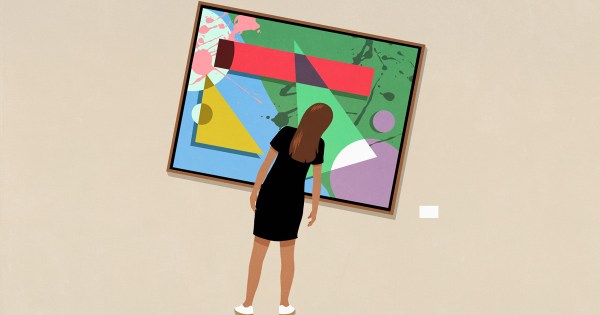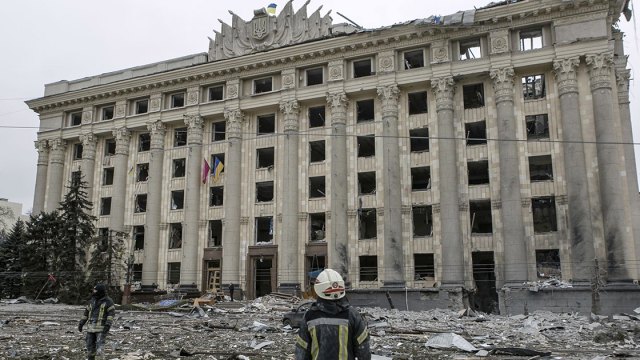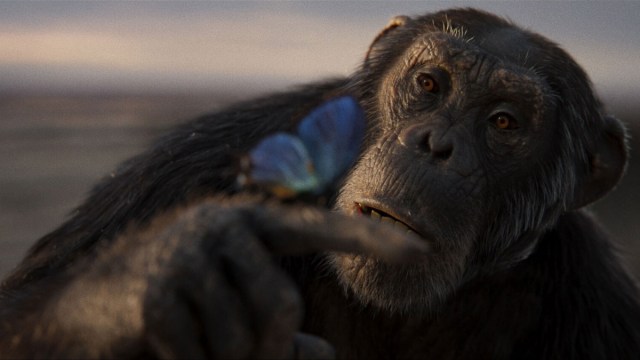Preserving cultural heritage is a guarantee for creativity

Growing up as a Sri Lankan American immigrant, I remember my first visit to a museum in the United States. It was more than a building filled with objects: it was a portal. For me, it helped connect the unfamiliar with the familiar, transforming the abstract idea of a new home into something tangible.
Museums became spaces where my creativity began to flourish. They showed me that each artifact was more than a relic of the past: it was fuel for imagining the future.
This connection returned recently during an evacuation from Florida. When Hurricanes Milton and Helene swept through the area, my family and I packed what we could and fled, not sure where we would return. Amid the chaos of storm preparation, I thought about the irreplaceable things we would leave behind: family photos, keepsakes, artwork I had collected over the years.
But I wasn’t just worried about personal belongings. My thoughts turned to the cultural spaces that have shaped much of my life and career. Would museums and galleries survive? What would be lost to rising waters and strong winds?
Creativity thrives on connections to the past, and these spaces contain the stories, textures and symbols that invigorate our work. When these connections are severed, we lose more than history: we lose inspiration, identity, and the ability to imagine a future rooted in shared humanity.
This is not a hypothetical concern. All over the world, climate change threatens the spaces and artifacts that define our history and fuel our creativity. In Venice, rising waters flood historic galleries and churches. Forest fires in Greece and California reduced centuries-old monuments to ashes. Flooding is endangering Nigeria’s Osun-Osogbo sacred grove, a site of deep spiritual and cultural significance. Every loss is a break in the chain of creativity that connects us across generations.
The economic and creative risks of climate change
In 2023, global tourism contributed $9.5 trillion to GDP, largely linked to visits to cultural sites. Yet climate-related damage is undermining this economic lifeline. Communities that rely on tourism face enormous challenges, from job losses to reduced local spending and lower tax revenues. For these places, preserving cultural heritage is not just a matter of pride: it is a matter of survival.
But economic risks do not exist in isolation. The creative industry, itself worth billions of dollars, depends on the source of inspiration provided by cultural heritage.
For those of us who work in the creative world, cultural heritage is not abstract. A designer can examine the patterns of an old tapestry and imagine a new collection. An editor can see an ancient sculpture and create a story around its lines. A marketer could use the dynamism of a cultural festival to create a campaign that would resonate across continents. These connections do not occur in a vacuum; they arise from engagement with the spaces and stories that shape our understanding of the world.
What happens when we lose access to the places that nourish the stories, visuals, and ideas behind the work we create? The economic impacts of the loss of cultural tourism are closely linked to the creative void left behind.
The challenges are immense, but solutions are already emerging. Venice is experimenting with anti-flood barriers to protect its monuments. Cultural institutions are using 3D scanning to create digital archives of at-risk artifacts, preserving them for future generations. Organizations like the National Endowment for the Humanities are funding resilience strategies that include traditional knowledge systems alongside advanced technologies. These innovations not only preserve the past; they inspire new ways of thinking about the future.
Securing the future of creativity
Cultural heritage is not just about the artifacts and monuments of the past: it is the foundation for the ideas, stories and innovations of tomorrow. When we protect these spaces, we preserve those sparks of inspiration that connect us to something greater than ourselves; when we lose them, the consequence is the loss of potential: the unrealized ideas, the invisible connections, the untold stories that could have arisen from our engagement in these spaces.
As we face the existential challenge of climate change, the creative industry must demonstrate imagination and urgency. We are storytellers. Our campaigns can raise awareness, change perspectives and mobilize change. We can advocate for cultural resilience, collaborate with preservation organizations, and amplify the importance of these spaces in ways that resonate globally.
The artifacts and institutions we save today will tell tomorrow’s generation who we were, what we valued, and how we responded to the challenges of our time. Let’s ensure that these stories do not fall into silence, but continue to inspire the work that moves us forward.





